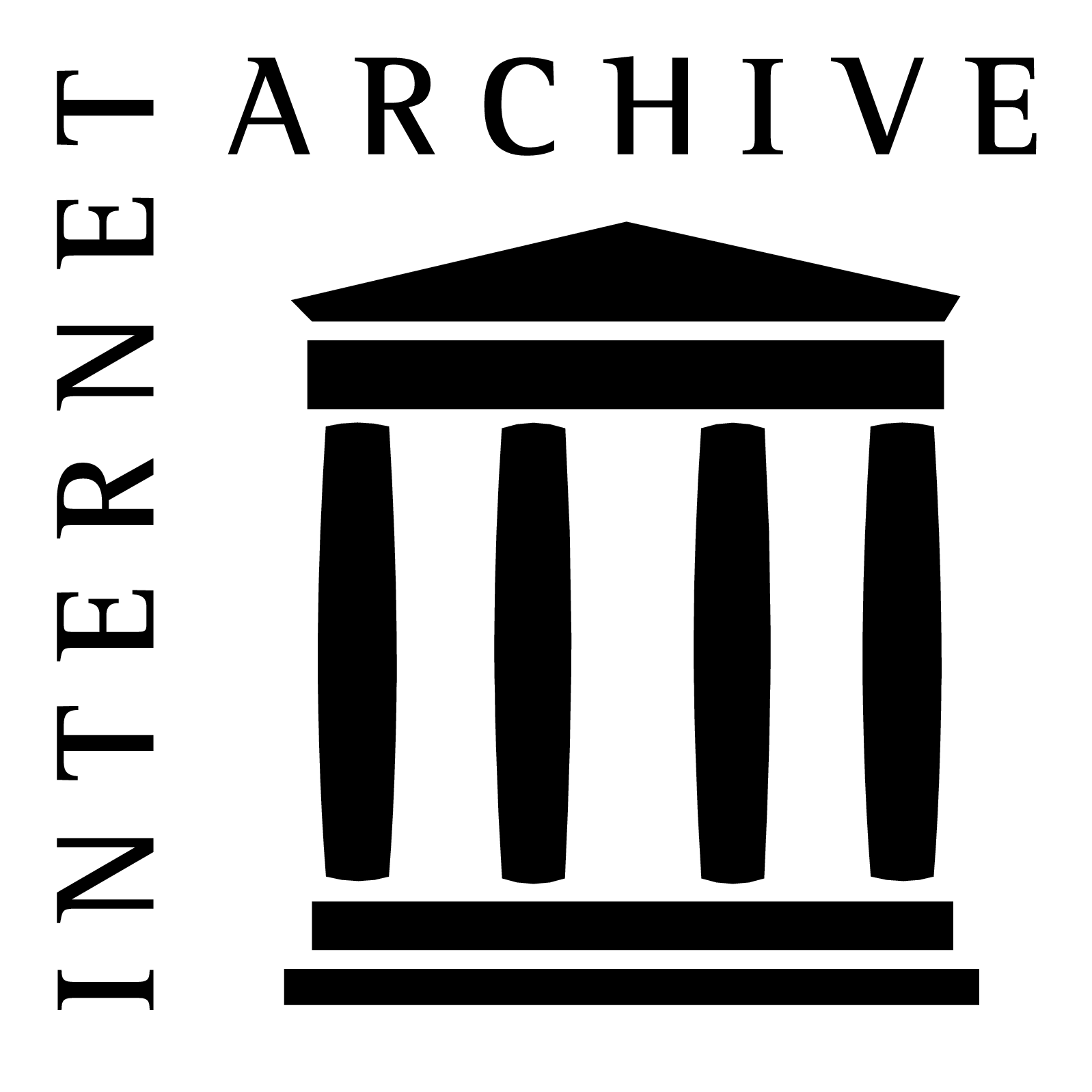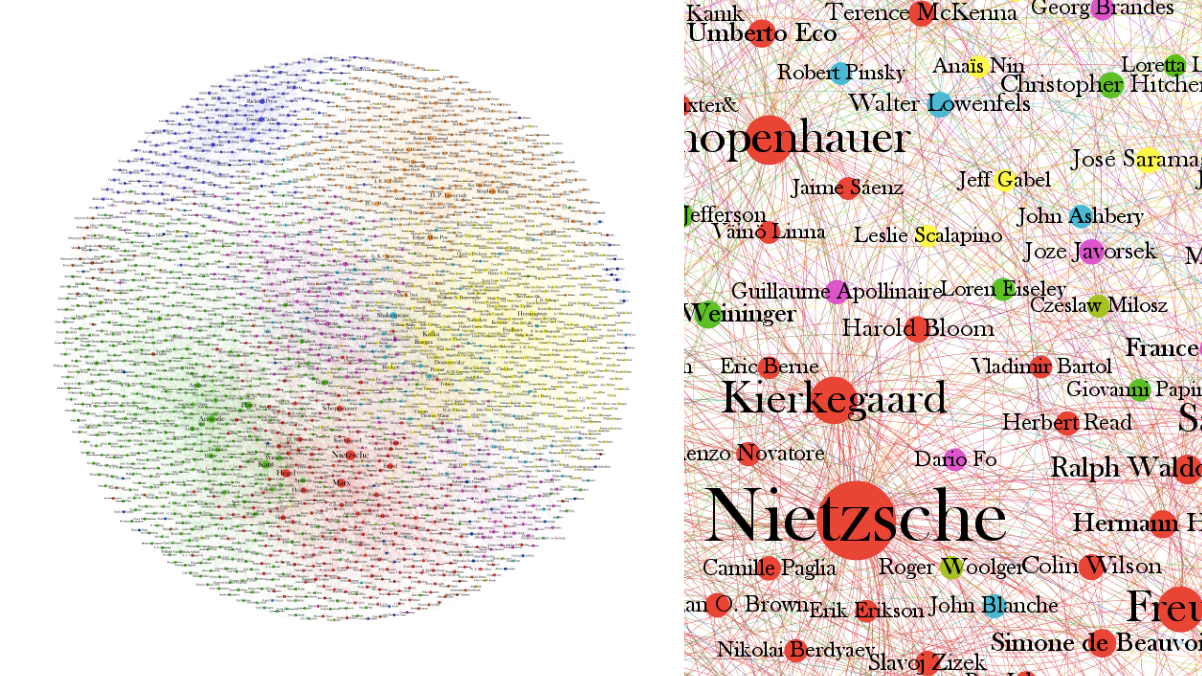When discussing the future of the arts, many professionals and studies have stated that the manner in which audiences consume arts and culture is rapidly changing--and has already changed. The Internet has been the most notable new space for consuming culture, providing both opportunities and challenges through widespread and instant information sharing. Over the past several years, AMT Lab has documented the various web-based arts experiences that are becoming readily available--usually including lessons and best practices that managers can take away for their own practice. This week’s TBT rounds them up into a user-friendly toolbox of online arts experiences of various artistic mediums.
Rural vs Urban: Different Arts Technology Needs
Here at AMT Lab we are a little over-fascinated with data. To that end we thought we should start sharing fun observations we are making about data created by our researchers and those across the country. Our premiere Second Sunday Survey (S3) post will share the connections between NEA surveys and the recent AMT Lab Ticketing Software Survey.
#TBT: Arts and Tech Around the World
As we begin July, many are taking summer vacations to different countries, a different state, or perhaps just the rugged terrain of their own backyard. For those who would like a little virtual escape, this week’s roundup throws us back to AMT Lab articles that featured digital collections, apps and innovations from around the world.
#TBT: Gaga for Google
Today the news is buzzing with Google as they launch their Sidewalk Labs initiative in an effort to improve urban life. But here at AMT Lab, we have spent years dedicating posts to the many ways that Google products and services can improve arts management practices. This installment of Throwback Thursday will share several of them, drawing on posts that span as far back as 2008.
Is Computer-assisted Technology Killing Arts Designs?
There is one unchanging feature about technology. In a continuous process, the technology becomes ever smaller, faster, and cheaper. One of the examples lies in the jewelry industry. The jewelry designers are rethinking their manufacturing practices, using state of the art computer software programs for designs that they would have done by hand previously. The reason why traditional methods are left behind is these computer-assisted designs can be produced faster and cause a proliferation in the market.
When Artists Are Building Robots
SXSW 2013: A Roundup of Topics and Trends... and Cats
Carnegie Mellon University’s Heinz College, home to Technology in the Arts, recently hosted an official party for SXSW Interactive and Film 2013. The Austin, TX, conference/festival is often referred to as “Spring Break for Geeks,” because it offers technology industry professionals a chance to immerse themselves in the latest innovations while being served free alcohol every time they turn around.
The Graph of Ideas by Brendan Griffen
Two things I know are true: That Rachael Wilkinson's impression of SNL's Drunk Uncle rivals Drunk Uncle himself and that Art.sy’s Fan page is the best source on Facebook for wonderfully distracting food-for-thought. I recently came across yet another dynamic infographic of sorts- the "Graph of Ideas." It presents a beautiful, interconnected and thready web of “Every Big Idea, Ever.” According to Suzanne LaBarre in an interview with map creator Brendan Griffen,
Each node represents one historical figure, and the nodes are color-coordinated to represent specific eras or fields of expertise (red for 19th- and 20th-century philosophers; orange for fiction authors; purple for comedians; and so on). Like-minded people are grouped together, and linked to all their influences, as well as everyone who has influenced them. The more influential a person, the bigger his or her node.
Griffen includes in the map every profile on Wikipedia that has an “influenced by” or “influences” field. Though the map is well-stocked, some great thinkers are absent (athletes and sculptors for example) from it. Griffen explains in the interview,
“I was limited [by] the dataset. Most of the people are philosophers and authors primarily because these are text-driven endeavors. Presumably fans of philosophy and books have entered in the information which sort of makes sense given their overrepresentation in the graph. Sports fans are unlikely to enter these into Wikipedia and so they are underrepresented. Similarly with artists but to a lesser extent.”
Basically, it is a map of the people Wikipedia contributors care about/care to write about. Though this may be the case, it is no less fascinating to explore just how interconnected these great thinkers are. Griffen's final message is inspirational, retrospective, and forward-thinking:
"Everyone is the collective sum of everyone else. We often think great thinkers, scientists, and authors sit in isolation in some cloister waiting for that eureka moment to come to them in a lightning storm. The truth is, the process of discovery forces us to consciously or unconsciously draw on all of our known, and perhaps more significantly, unknown antecedents of knowledge and wisdom to come up with new solutions to the problems we’re facing today."
Cultural Preservation: Future Concerns, Trends, and Hypotheses
 The numerous civilizations of the past left behind numerous tangible traces of their heritage. Coveted or discarded, scattered or buried, broken or intact, these objects would soon become artifacts. Archeologists would study them, museums would acquire them, and the rest is none other than History. But what happens when the core activities of a civilization leave scarce amounts of tangibles? What happens when the pace of change is faster than that of preservation? We should start formulating a response, for this describes none other than the 21st century.
We live in an age of information, of which a substantial amount now exists online, but is constantly in flux. The Economist described this phenomenon in an article titled History Flushed, where the author argues that archivists are limited in their activities of digital preservation due to anti-piracy legislation and software such as Digital Rights Management.
The numerous civilizations of the past left behind numerous tangible traces of their heritage. Coveted or discarded, scattered or buried, broken or intact, these objects would soon become artifacts. Archeologists would study them, museums would acquire them, and the rest is none other than History. But what happens when the core activities of a civilization leave scarce amounts of tangibles? What happens when the pace of change is faster than that of preservation? We should start formulating a response, for this describes none other than the 21st century.
We live in an age of information, of which a substantial amount now exists online, but is constantly in flux. The Economist described this phenomenon in an article titled History Flushed, where the author argues that archivists are limited in their activities of digital preservation due to anti-piracy legislation and software such as Digital Rights Management.
“As companies more fiercely protect their wares, contemporary digital artefacts run the risk of never being archived. Libraries have no mandate to collect apps, such as Angry Birds or Instagram, which form part of popular culture.”
In the same article, the author mentions how efforts are being made by governmental archives in the UK and the US, and non-profits like the Internet Archive. The latter is a truly comprehensive internet library that was founded in 1996 and has since become a vast collection of “texts, audio, moving images, and software as well as archived webpages.” With so much of our culture now in digital format, will there be a shift in the responsibility of preservation, one from our museums to organizations specializing in digital archiving?
Yes, I believe so. Because our digital footprints are becoming bigger and more pronounced. And this seemingly unimaginable amount of information, along with our technologies and software, will most likely be preserved by various non-museum organizations; from tech giants like Google, to nonprofits like the Internet Archives, and even individuals (take a look at the Museum of Sounds).
So what of our museums? In a recent post on museum geek, Susie Cairns asked this very question. She wondered whether the plight of newspapers, and their subsequent shift towards digital content, heralds a change in museology. Especially in the way culture is preserved;
“Now is that time for museums. We still need the things that museums do. We still need to know how to select, preserve and disseminate, whether objects or information. What we don’t need is museums. If those same needs can be met by other means (digital or otherwise), the impact on museums will be significant. I think it’s important to keep this in mind as we look to the future, particularly as we see the effects of the Internet on other traditional institutions.”
While I agree with her to a certain extent, it's difficult to imagine a museum free future. The internet has definitely made it easier for us to access information about an object, but not the object itself. And even if the object can somehow be experienced remotely, it will still exist and so will the museum. Yet I can see how a technology such as augmented reality (or something not yet developed) may further separate the preservation of an object from the dissemination of its meaning to audiences. So much so that people need not visit museums.
But museums must realize this too because there have been some interesting collaborations between the tech and cultural world. Google’s work with various cultural organizations through its Cultural Institute, Nintendo’s collaboration with the Louvre, the recent 3-D printing event involving the Met and ScanBot are all examples of museums keeping apace with technology’s giant leaps. Hopefully, they will continue to make such leaps and stay wary of stumbling into obsolescence.
New Poll: What's Your Favorite App for the Arts?
As 2010 rolls to a close, Technology in the Arts wants to know: What were your favorite arts-related mobile apps of the past year? Which apps this past year were the best? The wackiest? The most engaging? Take a second and click the link below to let us know. Enter the name of the app, the platform you use it on (iPhone/Android/etc.), and why you think it's the best of the best. We'll be taking the most popular app choices and including your comments in our year-end app wrap.













